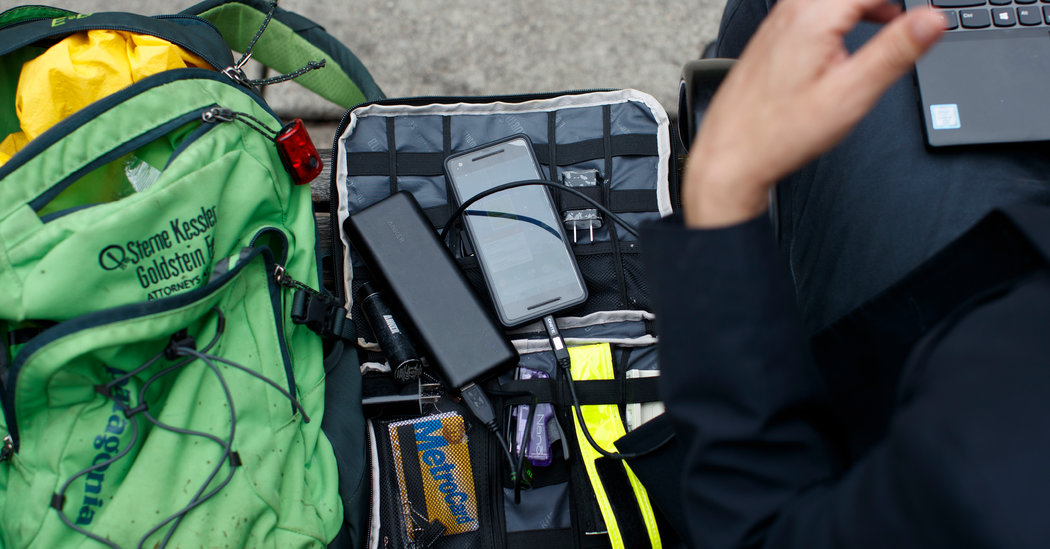Several years ago, some colleagues and I were chatting about what was missing from tech journalism. Plenty of news media outlets had written breathlessly about hot new gadgets and apps. But what were people really doing with that tech?
That question spawned Tech We’re Using, a weekly feature that documented how New York Times journalists used tech to cover a wide variety of topics, including politics, sports, wars, natural disasters, food and art.
With the decade coming to a close, we decided to also wrap up the column after interviews with more than 130 Times reporters, editors and photographers. Here were our biggest takeaways.
Indispensable Tech: Encryption Apps and Batteries
Unsurprisingly, the smartphone was the most vital work tool among journalists. Many reporters relied on smartphones for recording interviews and turned to A.I.-powered apps like Trint and Rev to automatically transcribe interviews into notes.
Most Times reporters now also rely on some form of encrypted communication, particularly messaging apps like Signal and WhatsApp or the emailing service Protonmail, to keep their sources and conversations confidential.
That is a remarkable shift. Encryption technologies became popular only a few years ago, after the former government security contractor Edward Snowden revealed the extent of what the United States government was doing to surveil its own citizens.
Another indispensable tool underlined a type of tech that has not improved much: batteries. Many reporters, especially national correspondents who live out of a suitcase, desperately needed phones with longer-lasting batteries, so battery packs were a staple in their arsenal of tools.
The Most Tech-Enthused Journalists Were Not Tech Reporters
Some of the reporters who were savviest about using tech worked in politics and investigations. That is because they needed apps to pore through documents that were thousands of pages long, or software tools to inspect what was going on under the hood of a website’s code. Others needed special apps to hide their identities with burner phone numbers.
Many photographers were also early adopters of new tech. One key example: drones. Those were constantly getting smaller, and their cameras were improving, which created possibilities for new types of photography, like overhead shots of houses damaged in a fire.
In contrast, many tech reporters tried to minimize the amount of tech they used. That could be, in part, a symptom of knowing too much about the companies they covered and the wide swaths of data those companies collected.
Tech Has Changed Everything
Many editors and reporters also talked about how tech had transformed the industries they cover.
In the world of dining, digital photography and platforms like Instagram have become the main method that restaurants use to communicate with patrons. Rocket launches are now live-streamed online, which let our space reporter watch from his phone instead of heading to the space station. And in the entertainment world, video streaming has opened doors to a wealth of new content — so much that reporting on movies and TV shows has become an art of curation.
What’s ahead? If tech has invaded everything, the answer is: even more transformation.
Source: Read Full Article
